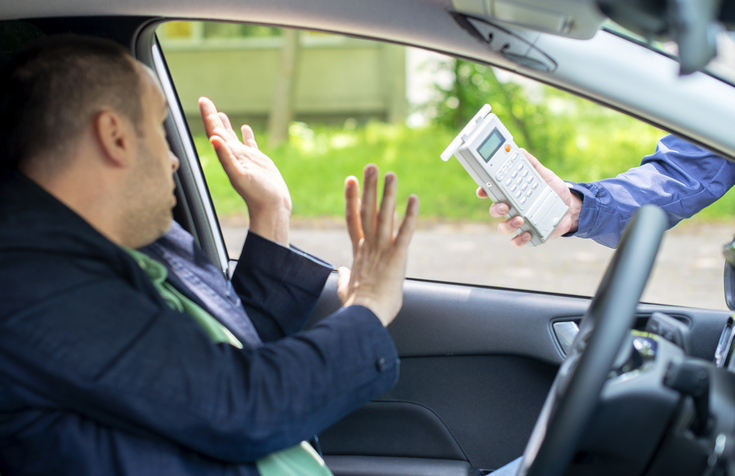
In most Minnesota DWI cases, people are given breathalyzer tests to measure their blood alcohol concentrations, but the tests may not be reliable. Several courts in Minnesota have recently called into question the reliability of breathalyzer tests following challenges to the scientific accuracy behind them by DWI lawyers. The tests at issue are the breathalyzers that are administered by police at the police station and not the roadside breath tests that are already deemed to be inadmissible in the state.
The attacks on the scientific reliability of breathalyzers stem from how the results are calculated. The machines have an uncertainty of measurement contained within the results. This uncertainty, which is also known as an error rate, ranges from 20 percent, or 10 percent on either side of a result. In other words, a person whose breathalyzer test measures .08 percent could have an actual blood alcohol concentration of anywhere from .07 percent to .09 percent. Further compounding the problem is that many people are given second breathalyzer tests, which also have an error rate of 20 percent, or 10 percent on either side of the measured result. With two such error rates, then it is possible to have an actual value of anywhere from .07 to .12 when the initial result is .08 percent.
A judge in Ramsey County ruled in one case on Aug. 1, 2016, that breathalyzer tests do not use appropriate scientific methods to ensure their reliability. An agent with the state’s Bureau of Criminal Apprehension testified in a different case that the breathalyzer tests do have an uncertainty of measurement, which was characterized as random error. A judge in Anoka County ruled in a different case that because of systematic bias, it was likely that the driver would have had a BAC level of below .08 percent, and she ordered the state to return his license to him. For their part, the Minnesota County Attorneys Association disagrees with the assertions that the breathalyzer tests are not reliable.
The potential for errors with breathalyzer test results may be especially important for people who blow at or slightly above the state’s legal limit of .08 percent. In Minnesota, people who test at .08 percent or above may be convicted of DWI offenses. A DWI lawyer may review the tests that were performed in order to determine whether or not they might be challenged in a client’s DWI case.